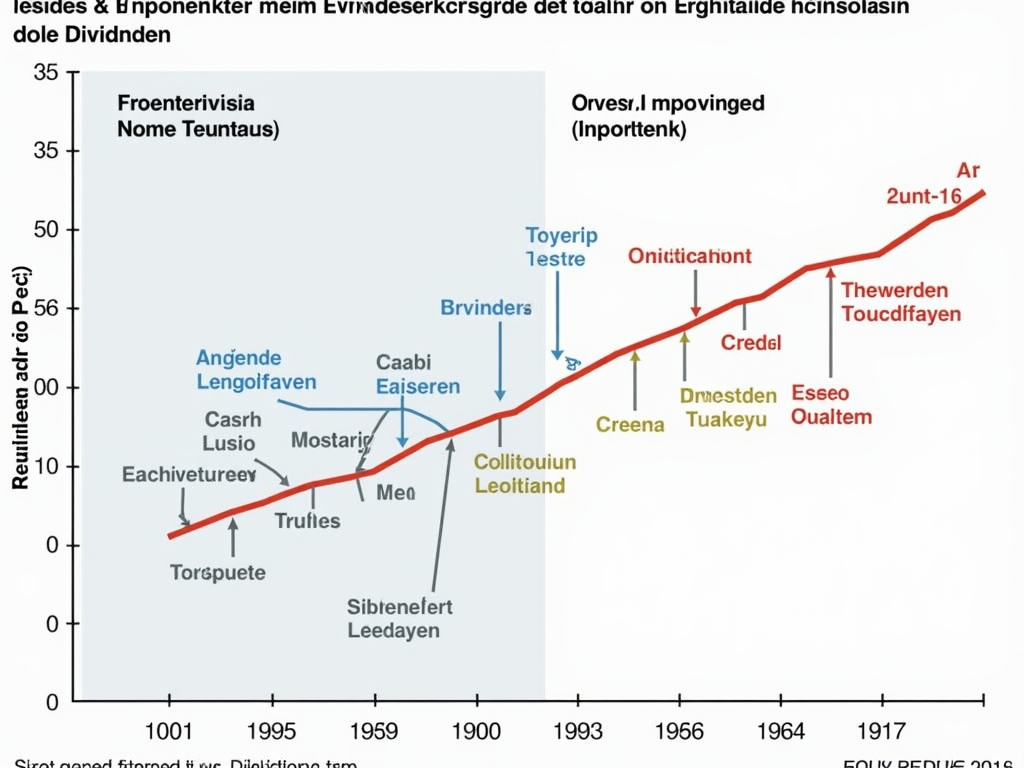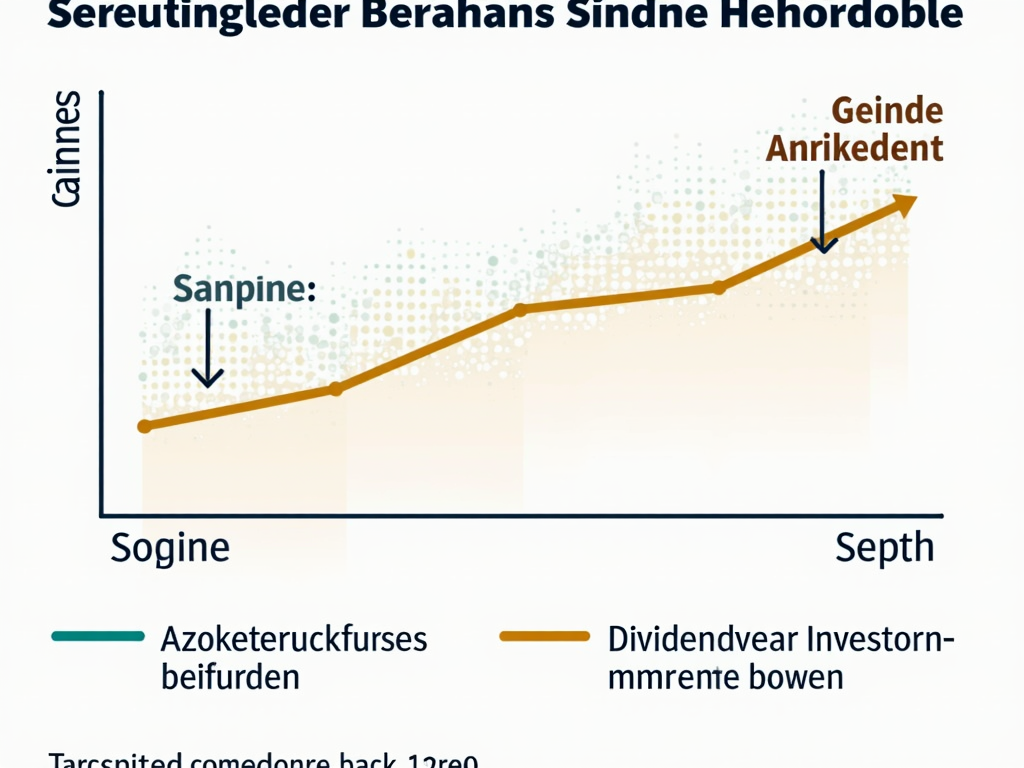Companies often face the decision of how to return capital to their shareholders in the most effective way. Share buybacks and dividend payments are two prominent strategies, each with its own advantages and disadvantages. While share buybacks can increase the stock price, dividends provide a regular source of income. This analysis outlines the financial and tax aspects of both approaches and helps investors make informed decisions.
Financial Strategies for Shareholders: Share Buybacks vs. Dividend Payments

When it comes to returning capital to shareholders, companies often find themselves choosing between share buybacks and dividend payments. Both approaches offer different financial advantages and challenges and are strategic decisions that can significantly impact the company.
Share buybacks are a method in which companies purchase their own shares to reduce the number of shares outstanding. This has the effect of potentially increasing earnings per share, as the same profit is distributed over a smaller number of shares. This practice can boost stock prices, which is particularly attractive for investors focused on capital gains. A fundamental advantage of share buybacks is their flexibility. They are not tied to fixed obligations like payments, and companies can adjust or suspend them depending on the financial situation. In addition, in many countries, capital gains are taxed more favorably than dividend income, creating further incentives.
On the other hand, dividend payments offer a direct and regular source of income for shareholders, which is especially appreciated in volatile markets. Regular dividend payments reinforce investor confidence in a company’s financial stability. They demonstrate continuity and the promise of reliability, thus attracting cautious investors. However, dividend payments commit the company to regular expenses, which can become burdensome during difficult economic times. Additionally, they are often subject to taxation, which can reduce the net yield for investors.
The decision between these two options requires careful consideration of strategic factors. Companies need to consider which method fits best with their financial situation, growth objectives, and shareholder structure. For example, companies in periods of low-interest rates may prefer dividend payments to provide steady returns to investors. Meanwhile, during times of economic uncertainty, share buybacks might be preferred to maintain flexibility.
In summary, the dilemma between share buybacks and dividends can be seen as a tightrope walk between maximizing immediate income for shareholders and the company’s long-term growth strategy. Choosing the right strategy is crucial for investor perception and financial success in various market conditions.
Tax and Legal Factors: The Framework for Business Decisions on Capital Returns

In the complex world of business management, tax and legal factors are decisive when it comes to choosing between share buybacks and dividend payments. These two strategies offer different advantages, ranging from tax burden to legal obligations, and impact both the company itself and its shareholders in lasting ways.
Tax Considerations:
Dividend payments are often associated with a direct tax burden for shareholders, as they are subject to taxation at the time of distribution. However, in many countries, partial exemptions or exemption thresholds reduce this burden. For the company, dividends represent a double tax burden, as profits have already been subject to corporate tax at the company level before being distributed to shareholders—a clear disadvantage compared to share buybacks. The latter offer a significant tax advantage: they are not considered a distribution of profits, making them more neutral for the company. Shareholders, on the other hand, are only taxed on the capital gains realized from selling their shares. This difference in tax treatment can significantly influence the decision in favor of or against one of the two strategies.
Legal Considerations:
From a legal standpoint, both methods are subject to a stringent regulatory framework, but with different emphases. Dividends must be paid from balance sheet profits and often require approval from the shareholders’ meeting. These regulations provide shareholders with a certain level of security and stabilize their confidence in regular payments. Share buybacks, on the other hand, often require specific approval, both from the shareholders’ meeting and from the relevant supervisory authorities. Companies must exercise particular caution to avoid any form of market manipulation to prevent legal consequences.
Strategic Considerations:
For long-term business strategy, dividends provide a stable source of income for risk-averse investors and often signal financial strength. Share buybacks, in contrast, are more flexible; they enable companies to strategically manage their capital and increase the market value of existing shares. This flexibility can represent an attractive option in volatile markets.
In summary, the choice between these two paths heavily depends on the prevailing tax and legal context in the market and the strategic objectives of the company. While dividends offer clear and constant returns, share buybacks stand out for their flexibility and potential appreciation.